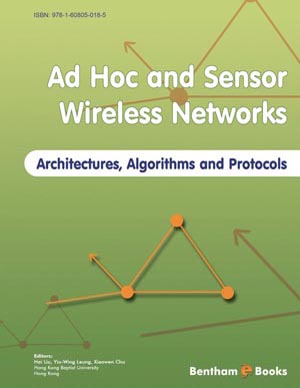Abstract
Although architecture software companies incorporate high-level programming to process the complexity of data, only some End-User Programmers (EUP) manage to customize their GUI to design and integrate smart devices for future smart homes and smart cities. HCI is a source of inspiration to incorporate a large part of the design process into creative flows. In this context, we identify patterns to analyze, interpret, and optimize the work of EUP architects who seek to customize the GUI of their digital design tools. We obtained a set of 16 patterns that reconfigure the interaction of their processes. We programmed the integration of data science in architecture, machine learning, visual and textual programming, Cloud Computing with AWS, and Augmented Reality with Unity. The result is an ecosystem of three platforms that compensate for the shortcomings of computerized design in data-driven design processes, optimizing execution time in an emergency, with perspectives towards Smart and Interconnected Environments. Considering that the GUI is the most important product of HCI research, our analysis and interpretation of the results and their discussion highlight the need to explore personalized GUI solutions promoted by the designers to enrich them, capitalizing on their processes in codes for the reuse and co-design of new interactions.
Keywords: Artificial Intelligence, Architectural Design, Augmented Reality, AWS, AWS Comprehend, AWS Rekognition, Cloud Computing, Computational Design, Design Process, EUP, GUI, HCI, Industry 4.0, IoT, Latin America, Neural Network, Open Data, Unity, Pattern, Visual Programming.


















